Breast Density Awareness Varies Among American Women
Awareness of breast tissue density issues varies among American women.
Continue readingAwareness of breast tissue density issues varies among American women.
Continue reading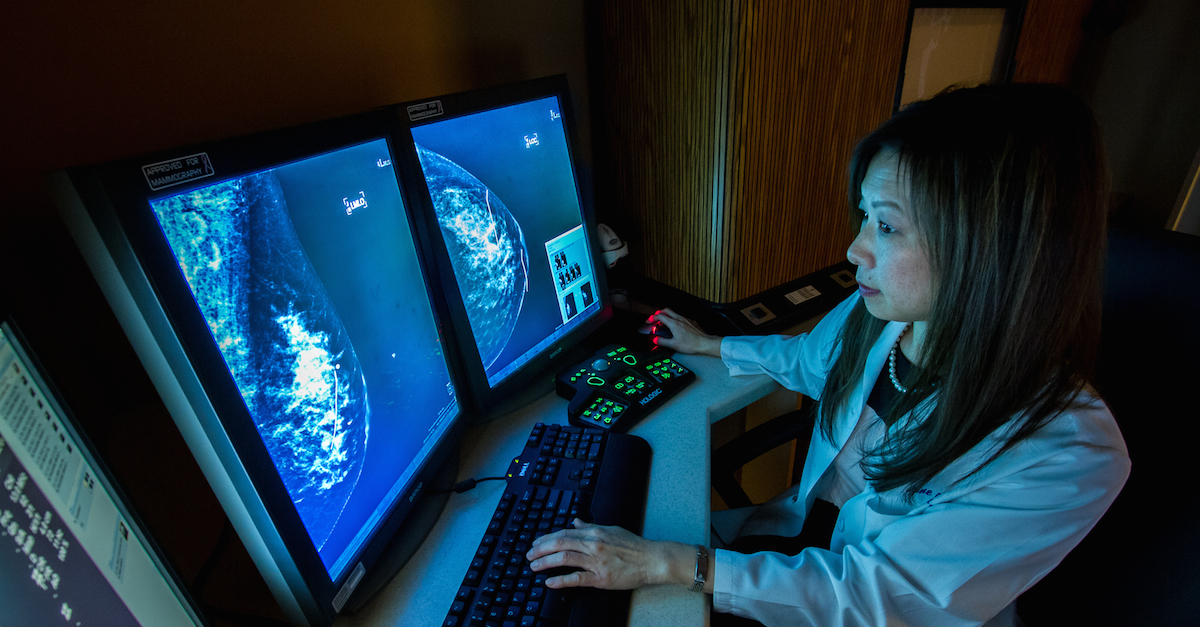
It is essential that women and their physicians understand how breast density affects breast cancer risk and screening.
Continue reading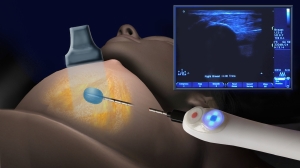
Cryoablation is a novel treatment currently used to treat benign breast tumors (called fibroadenomas). Cryoablation is now being studied in patients with certain types of small breast cancer.
Continue reading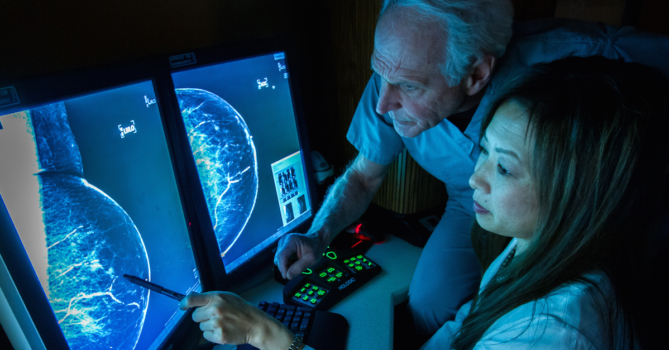
Despite large-scale campaigns to publicize the importance of breast cancer screening, a lot of faulty information regarding the mammogram exam is still being delivered to patients and sometimes interpreted as fact.
Continue reading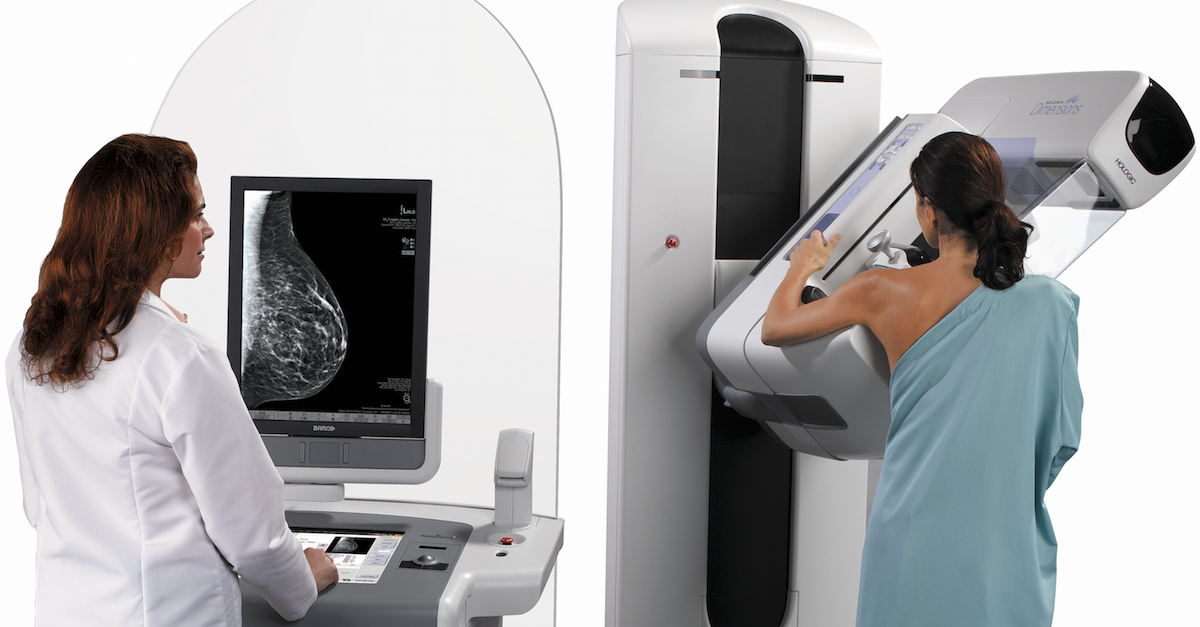
Early research has shown that 3D mammography can improve breast cancer detection rates and reduce false-positive rates. In women with dense breast tissue, which can mask cancers on conventional mammography, 3D mammography is emerging as a valuable supplemental screening tool.
Continue readingInherited genetic mutations can increase a woman’s risk of developing breast cancer. For instance, a mutation in two of the better-understood genes linked to a substantial increased risk of breast cancer, the BRCA1 and BRCA2 genes, account for up to:
Continue readingMany women are aware that annual mammogram screening should begin at age 40 according to American Cancer Society guidelines. This offers the best possible chance for early detection of breast cancer, which improves treatment prospects.
Continue readingDifferent breast cancers behave in different ways, which necessitates separate treatment guidelines to address the individual characteristics of specific types of cancer. As knowledge evolves, treatment guidelines are updated to reflect up-to-date information about breast cancer.
Continue readingOur understanding of breast cancer is rapidly advancing. Breast cancer is not a single disease entity, but a heterogeneous disease spectrum with numerous genetic alterations involved in its pathogenesis.
Continue readingIt’s virtually impossible to avoid the blush shade of pink in the month of October when we celebrate National Breast Cancer Awareness Month.
Continue reading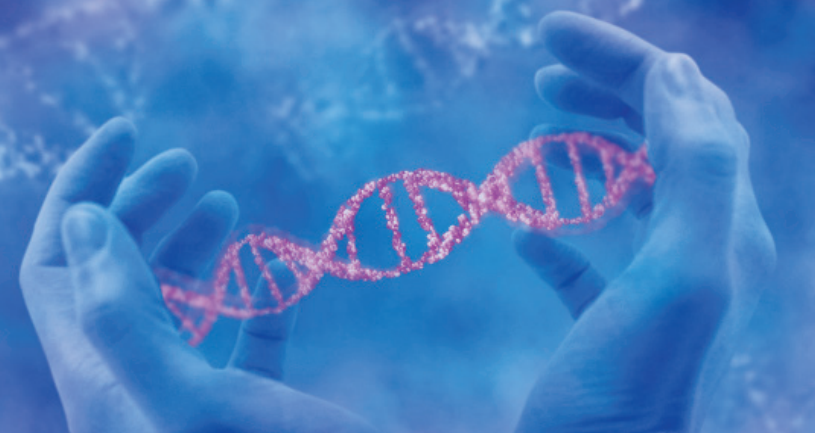
The availability of molecular information on breast cancer genomics is rapidly expanding. Patients who are newly diagnosed with breast cancer can easily be overwhelmed by volumes of information in a very short period of time.
Continue readingIs there a magic age after which a woman can terminate her screening mammogram?
Continue readingGenetics and family health history play an intricate, if not yet fully understood, role in breast cancer risk.
Continue reading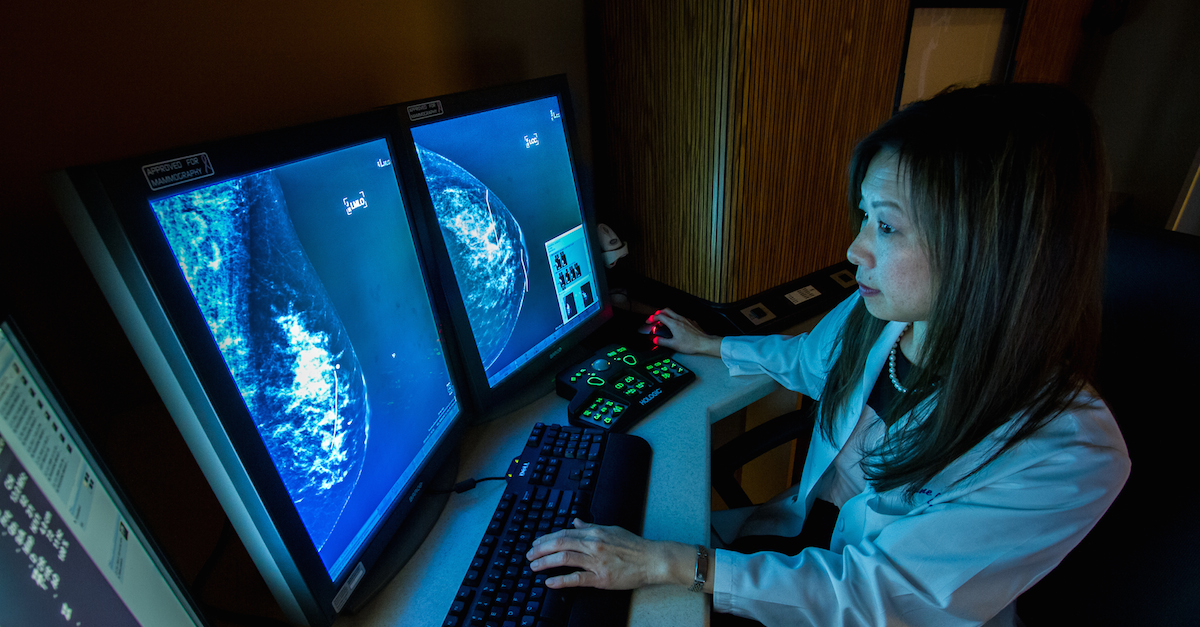
In early 2013, the state of California required medical imaging centers to inform women if they have dense breast tissue, as revealed in a screening mammogram. Since then, many of our patients have asked me what is dense breast tissue?
Fibroadenomas are benign breast tumors. They most frequently occur in women during their reproductive years. Although breast fibroadenomas are noncancerous, they can cause pain and affect the look, shape and feel of breasts.
Continue reading